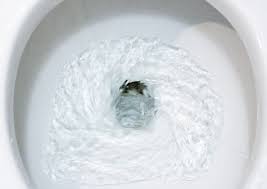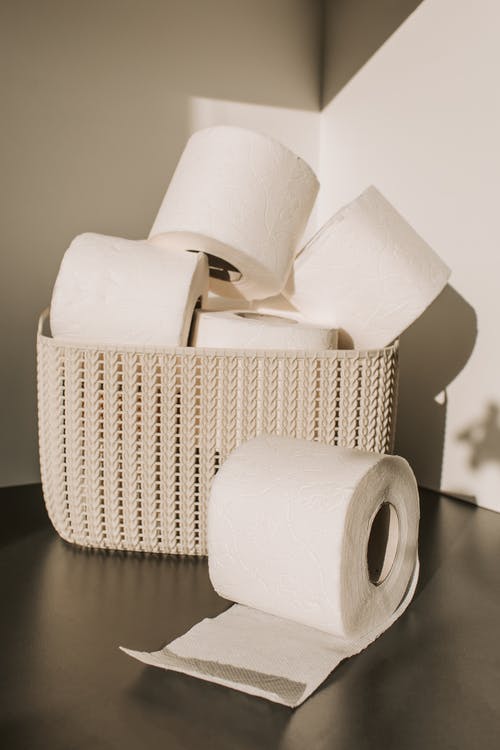Are you tired of changing your child’s diaper or helping them wipe their bottom? Do you know when to begin potty training?
A search in any parenting group or forum on Facebook or elsewhere, related to potty training, will unearth many people with many different opinions. Sorting through the responses and antidotes from countless people can be overwhelming. Below we hope to pose some questions and ideas for your to consider and think about as the expert on your child. And then test out some strategies that work for you. No one approach will work for every child and special considerations may need to be made depending on the child’s sensory profile. So let’s get started!
-Can your child tell when they are wet or dry? Can your child feel when they need to use the bathroom?
To start, if your child cannot figure out when they need to use the bathroom, then it may be helpful to start with a toileting schedule. Try going to the bathroom when your child wakes up, 30 minutes after every meal, and during their bedtime routine. This can help you and your child find patterns in when they need to use the bathroom.
Now, let’s dive into breaking down the task of going to the bathroom. Using the bathroom involves all of our different senses and requires complex motor planning. How is sensory processing related to using the bathroom?

Sensory Components to Evaluate with Toileting:
-Auditory:
- Is your child sensitive to the sound of the toilet flushing or do they like to hear the sound over and over again?
- Does your bathroom have an echo?
- Does your community bathroom have a lot of automatic toilets or hand dryers that can create surprise sounds?
-Visual
- Is the environment visually inviting for your child?
- Are the lights too bright or too dim?
- Are there preferred characters or pictures for your child to look at?
- Is your bathroom environment too visually “busy” to
-Olfactory (Smell)
- Is your child sensitive to the smells that occur after using the bathroom?
-Tactile:
- Does your child have trouble tolerating poop and pee on their hands during wiping?
- Does your child have trouble noticing if there is poop or pee on their hands when they are wiping?
- Does your child have trouble tolerating the feel of the toilet seat under their bottom?
-Proprioceptive:
- Does your child know how much force they need to use to wipe themselves?
- Does your little boy know how firmly to hold their penis when aiming for the toilet?
- Can your child tell how close they need to be to the toilet when they are getting ready to go?
-Vestibular:
- Does your child seem unstable or uncomfortable on the toilet seat?
- Does your toilet set up offer your child enough support under their feet or on the sides to help them feel supported?
- Can your child remain balanced when trying to stand and pee or when they are trying to get dressed/undressed for toileting?
-Interoceptive:
- Can your child feel changes in their body (pressure in their abdomen, wiggly legs, urgency in the private area) that alerts them that they need to use the bathroom?
- Can your child tell the difference between when they need to poop or pee?
How to Make Your Child More Comfortable in the Bathroom
You can change your bathroom set up to best match your child’s sensory profile and interests. Here are some tips to modify your home bathroom set up:
- Use a step stool, Squatty Potty, or box under your child’s feet to provide more stability
- Use a softer cushion or toilet seat to provide gentler tactile input. You can find a link to some options on Amazon here.
- Dim the lights, play soft music, or diffuse gentle scents to create a relaxing environment for over responsive children
- Keep fidget tools and easily wipeable distractions in a box in the bathroom
- Decorate the bathroom with preferred characters or pictures to make the space inviting for your child
- Put paper in the toilet before your child goes to the bathroom to help dampen the sound
- Have your child sit backwards on the toilet to provide more postural support. You can even tape paper to the lid of the toilet seat to allow your child to color while waiting to go to the bathroom
- Put food coloring in the toilet bowl. When your child pees on the toilet, it can change the color of the water to provide visual feedback
- Use a sticker or reward chart on the wall of the bathroom
If you are out in the community, you try some of these tips:
-
-
- Bring along earplugs or headphones to block out unwanted sounds
- Keep post its in your purse to cover automatic sensors and prevent excessive flushing
-
How to Improve Body Awareness and Balance for Toileting
Children who are under responsive to proprioceptive input may have trouble figuring out where their bodies are in space. This can make it hard to figure out where to stand when using the bathroom or where to aim when using the toilet. Try these tips to help with body awareness:
-
-
- Provide targets to aim at in the toilet such as fruit loops, cheerios, or goldfish
-
-
-
- Make a line on the floor with painter’s tape or stickers so boys know where to stand
-

Body Scan
If your child is struggling to figure out when they need to use the bathroom or is having trouble figuring out if they need to pee or poop, try a body scan tool. A body scan is an activity where we check in with all of the signals we get from the inside of our bodies. To help engage younger children, you can use Mr. Potato Head or preferred dolls to start exploring different parts of the body. A body scan helps to bring attention and awareness to parts of the body that we often do not think about. It can help differentiate different emotions, as well as help children figure out when they need to use the bathroom, or when they feel hungry or full. One of my favorite resources for teaching a body scan is the book Interoception: How I Feel: Sensing My World From the Inside Out. You can check out one of my favorite resources for teaching a body scan here (Affiliated link).
Wiping
As your child becomes more independent with toileting, they may need some assistance with wiping. Children with sensory processing difficulties may find it difficult to complete the motor planning steps needed to reach their bottom for wiping or they may use the wrong amount of force or control when cleaning their bottoms. To help your child increase their independence with wiping, try these tricks:
- Use a standing mirror or a long handled mirror to help your child be able to see where they are wiping
- Have your child sit on a stool. Have them practice reaching down in front of their body for small toys. Then your child can place the toys in containers located back behind their body. This can help improve weight shifting and postural control for wiping.
- Place stickers on the back of your child’s pants. Have your child try to reach for and remove the stickers.
- Cut a slice in a peach or plum. Spread some peanut butter or chocolate in the opening and have your child practice wiping the substance out. This can help your child learn the amount of force they need to use for wiping. You can also try this exercise with a balloon that is blown up halfway if the fruit provides too much tactile input.

